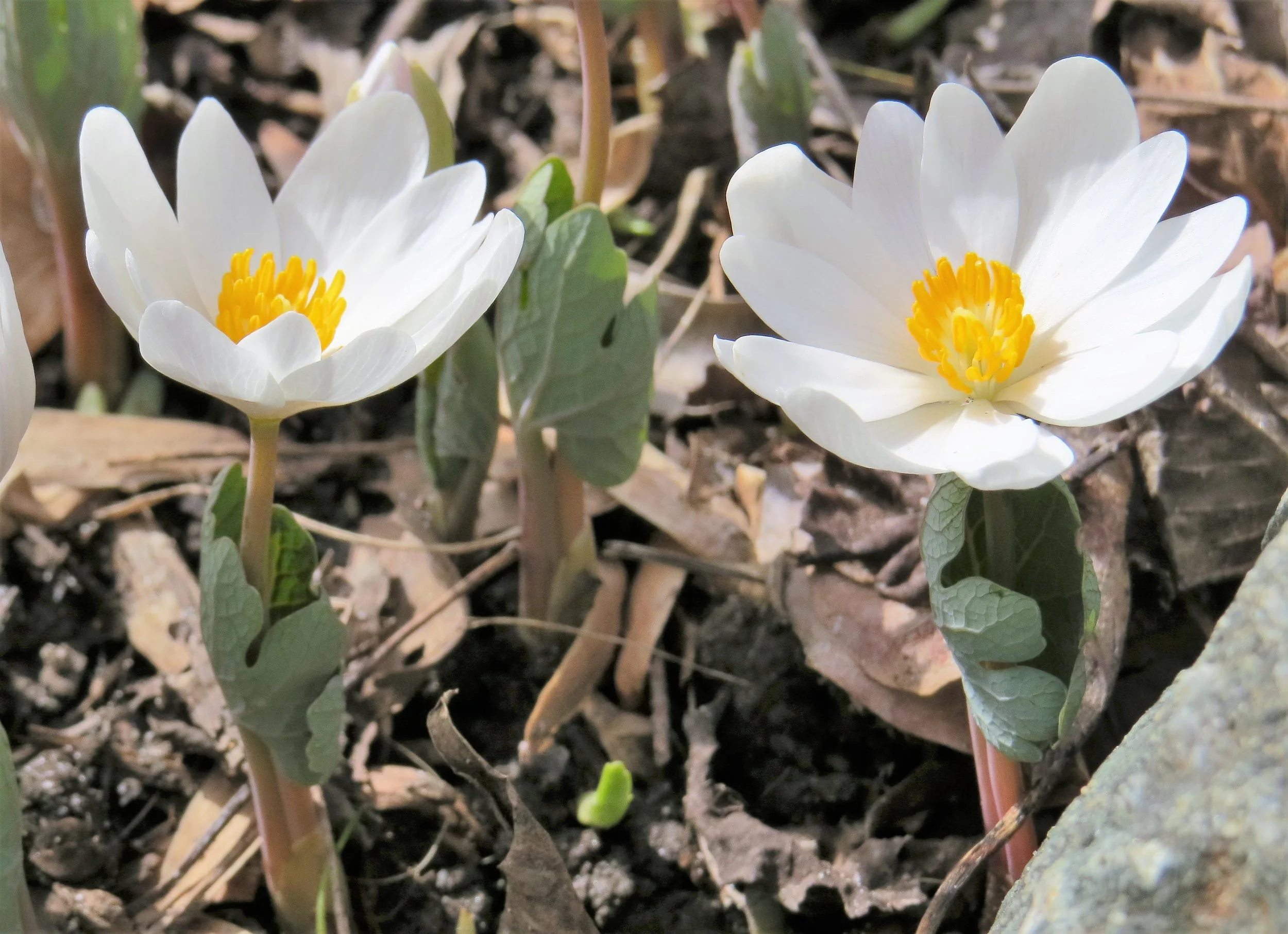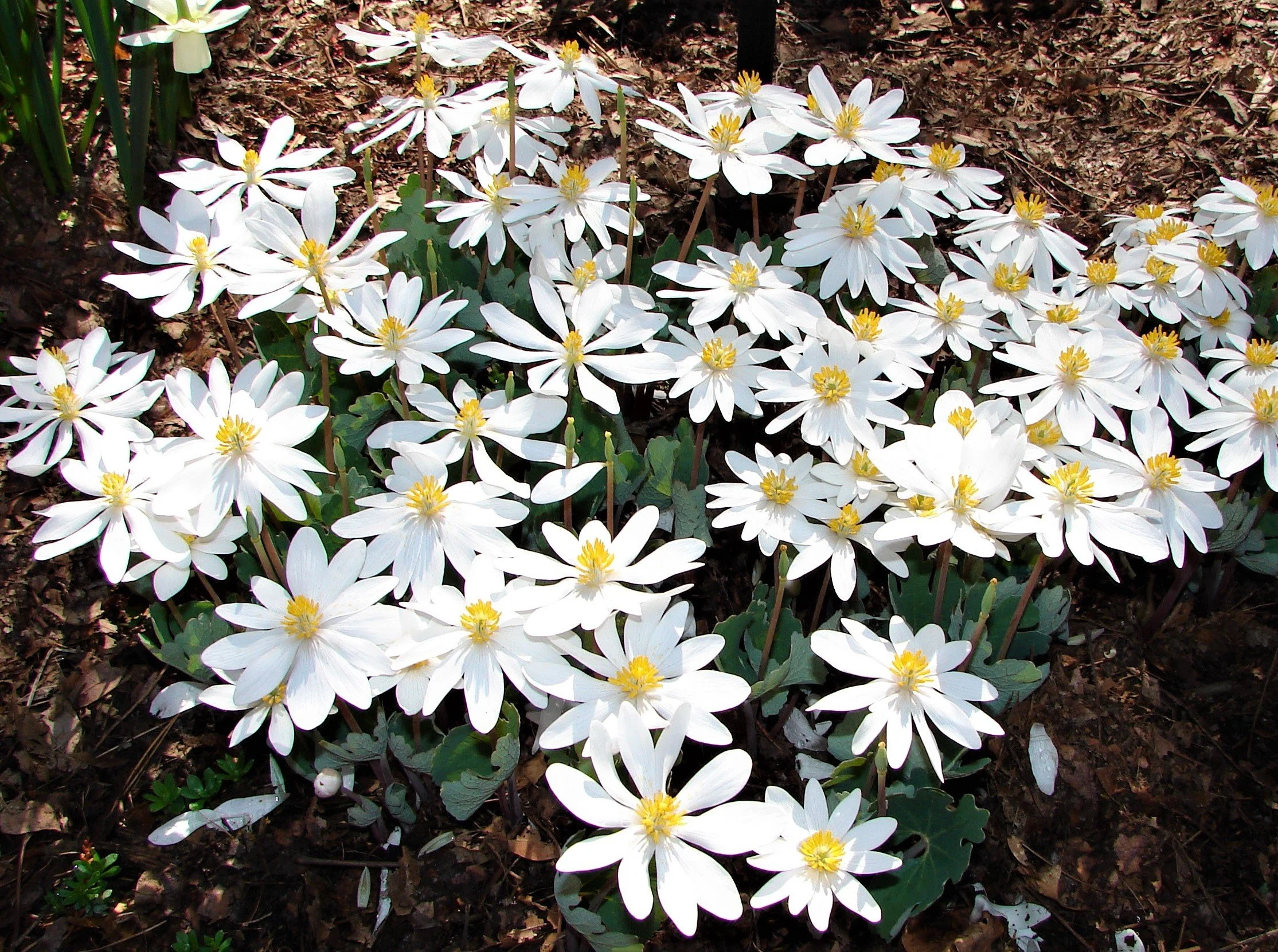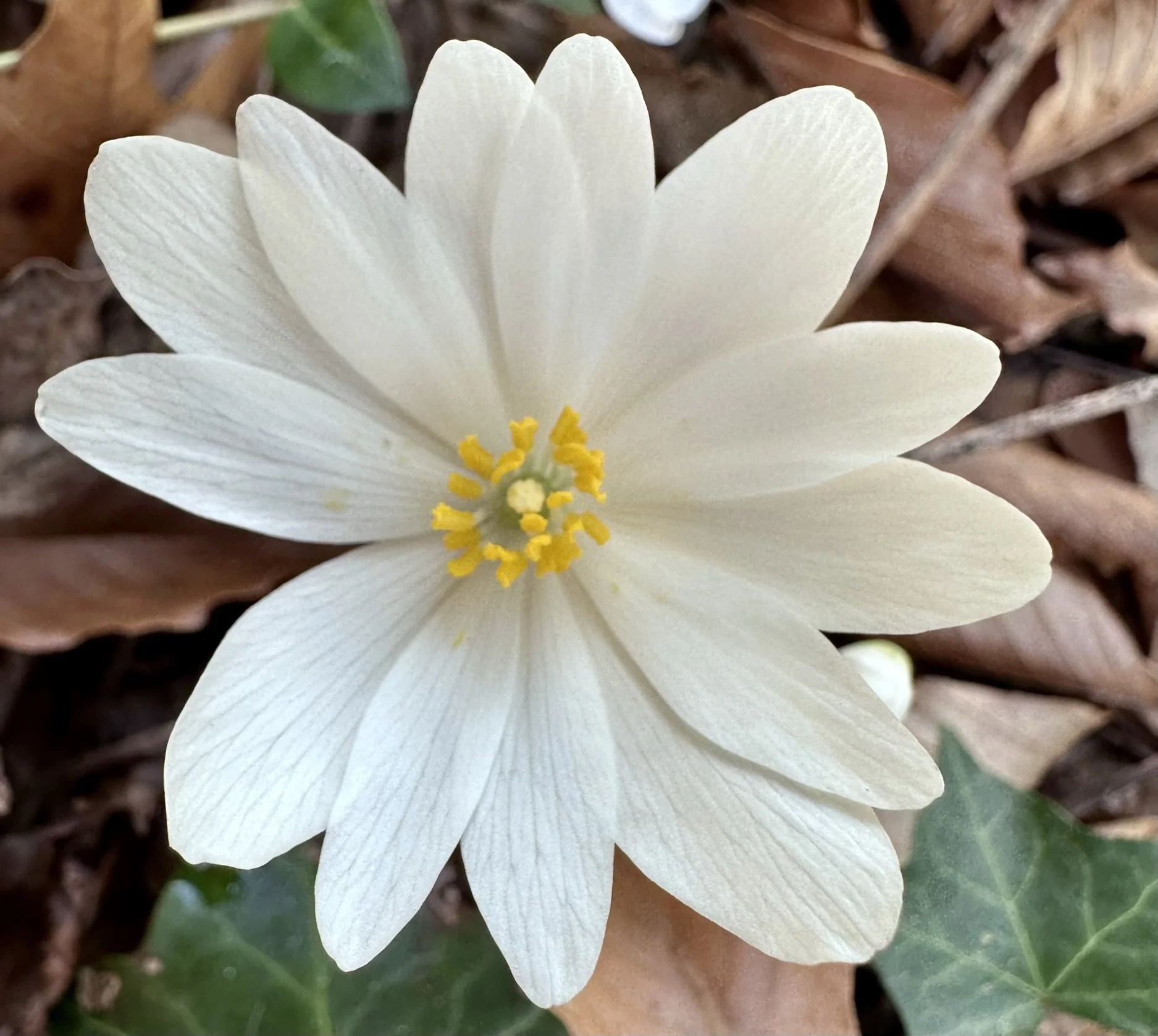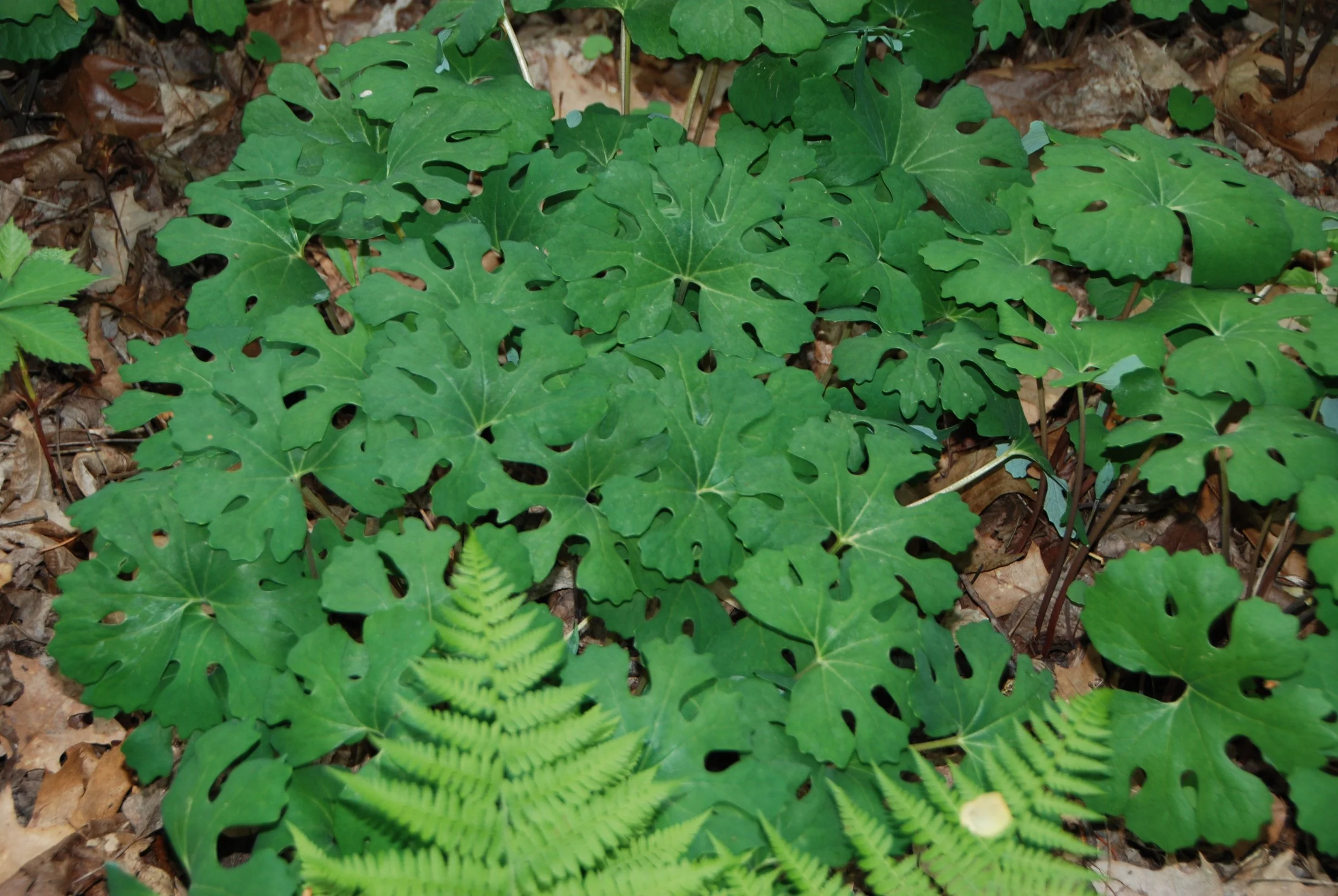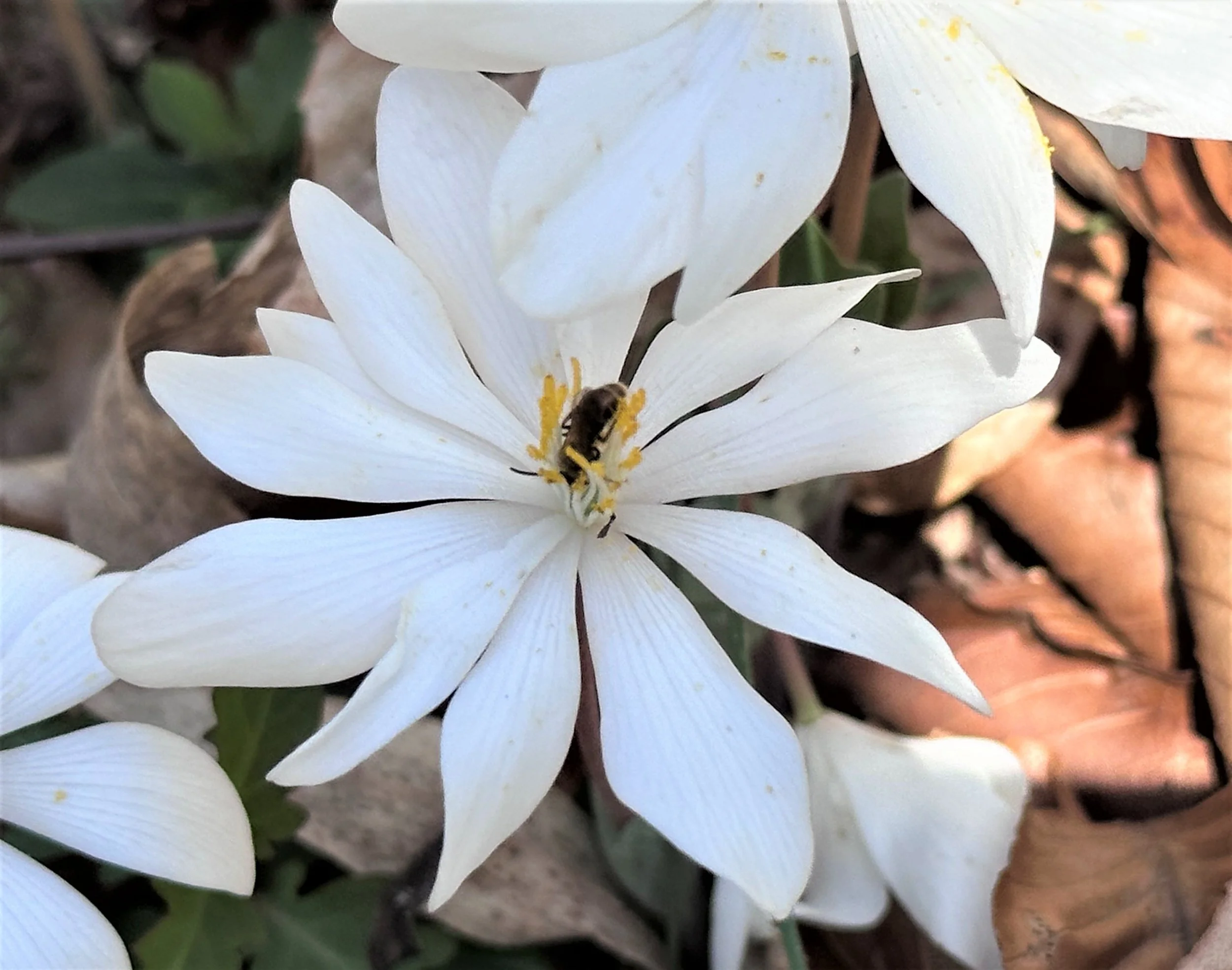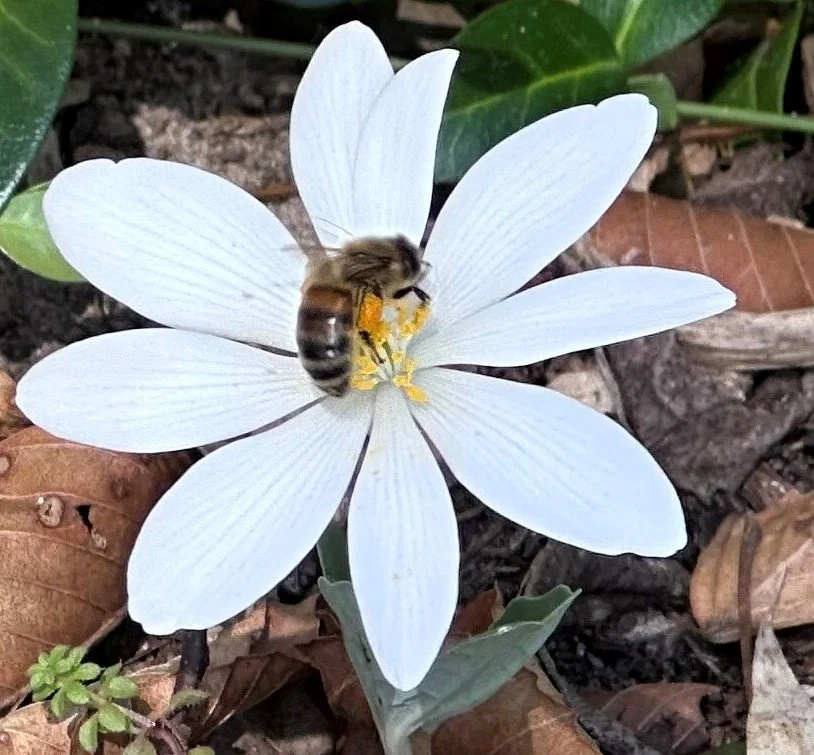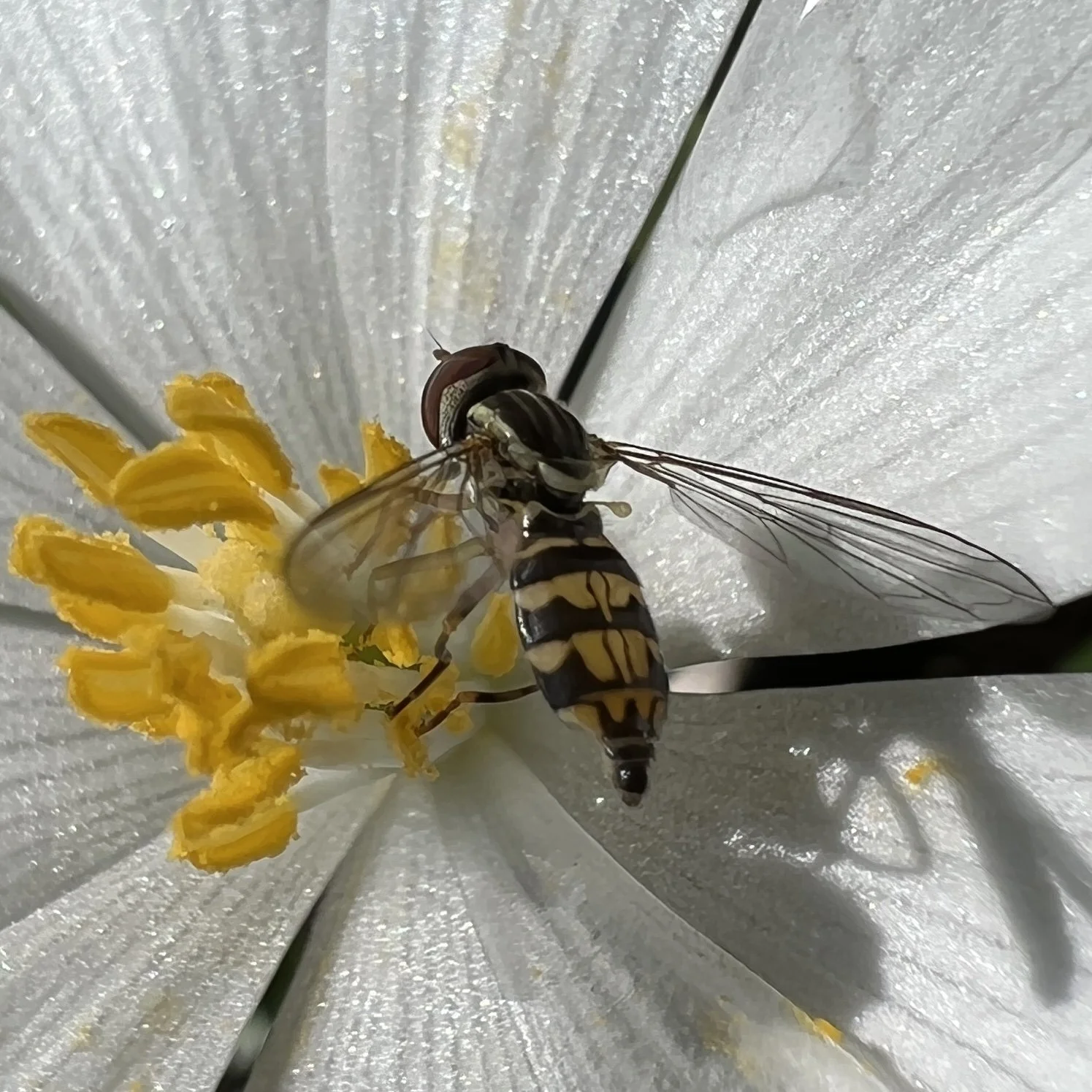Plant of the Month March 2023: Bloodroot
Bloodroot, Sanguinaria canadensis
March 2023, Plant of the Month
Northern Neck Chapter of the Virginia Native Plant Society
Betsy Washington
In honor of our Pop-up field trip to see the very early blooming Bloodroot just beginning to bloom in member’s Lucy and Frank’s beautiful woodland garden, I thought Bloodroot would be the perfect plant for our March Plant of the Month. Bloodroot is one of our earliest and most exquisite wildflowers and a cherished harbinger of spring. This perennial wildflower is found throughout Eastern North America in moist to dry upland forests, in calcareous forests, and on well-drained floodplains. In Virginia, it is found in nearly every county and is common in the Mountains and Piedmont but infrequent in the Coastal Plain, where it is found mainly on calcium-rich soils associated with ancient fossil shell deposits. This diminutive wildflower is named for the “blood red” latex-like sap that exudes from all parts of the plant, but especially from the knobby orange rhizomes (roots) when cut or broken. Although toxic, this sap has long been used for several medicinal remedies including as an expectorant, to treat ringworm and warts, as an extract in toothpaste and mouthwash to fight gingivitis and plaque, and as rouge, face paint and dye by Native Americans. Other common names include Indian paint, puccoon, and red puccoon, referring to several plants used by Native Americans for dyes.
This member of the Poppy Family reaches only as high as 8” high, however the 2-inch wide flowers are drop-dead gorgeous but fleeting – often lasting only a few days. Snow-white buds typically emerge in early to mid-March but this year with our record-breaking warm winter, they are blooming earlier than ever – in February. Each erect flower stem is enfolded in a single leaf that curls around it revealing the intricately veined undersides of the leaf. Eight to ten crystalline white petals open to reveal a central burst of golden stamens and single green pistil; if you look closely you will see they are slightly asymmetrical with four petals being slightly larger than the others. The waxy blue-green leaves themselves are attractive, with an orbicular or kidney shape with five to seven distinctive rounded lobes along the margins. After the delicate petals have fallen, the leaves continue to expand and can reach up to ten inches across, creating a stunning groundcover. The fruit is a spindle-shaped green capsule that splits open to expel the small brown seeds. These are dispersed by ants that seek out the nutritious fatty bundle (an eliasome) attached to each seed to take back to their nests, eagerly eating the eliasome and discarding the seeds in their “compost” pile, thereby dispersing the seeds.
Like several other early spring ephemeral wildflowers, Bloodroots do not produce nectar. Instead, early pollinators such as small miner bees, sweat bees and bee flies
are attracted to the rich pollen and pollinate them as they move from flower to flower. Bloodroot flowers open wide on warm sunny days but close at night and on cold, rainy days when their pollinators are not flying, a handy adaptation for a wildflower that blooms in late winter, a time when pollinators can be scarce. In that case they have yet another adaptation up their sleeves - if not pollinated within three days, the anthers bend over brushing against the stigma to pollinate themselves.
Bloodroot makes an exquisite early blooming wildflower in a woodland garden. It prefers moist, humus-rich, well-drained soils in part to full shade, preferably in neutral or slightly alkaline soil. In favorable conditions, they will spread to form large colonies. Bloodroot is easy to propagate by digging and dividing the horizontal rhizome that lies just below the soil surface. Bloodroot is a rugged and long-lived perennial that will return year after year to grace your woodland garden with minimal care. It will expand into beautiful low colonies creating an eagerly anticipated early spring spectacle followed by handsome lobed foliage that lasts through the summer creating an intriguing groundcover.
Be sure to join us at our March 16 meeting for a 7:00 pm Zoom Presentation by landscape designer Susan Abraham of Lushlife Designs and Restoration Landscapes for a delightful presentation on her work transforming a variety of gardens into sanctuaries full of native plants, beauty, and a place where people can delight in and connect with nature. From small urban gardens to large meadows, and vernal pools, Susan has created ecological artistry on a landscape scale.
Photo Captions: (all photo by B. Washington unless noted)
1. Exquisite early flowers of Bloodroot with clasping leaves
2. Colony of Bloodroot create a dazzling show
3. 3. Flowers may have from 8 – 16 crystalline white petals
4. Handsome lobed foliage creates a lovely summer groundcover
5. Pollinator on Bloodroot
6. European honeybee on bloodroot
7. Calligrapher Flower Fly by Anne Parker

